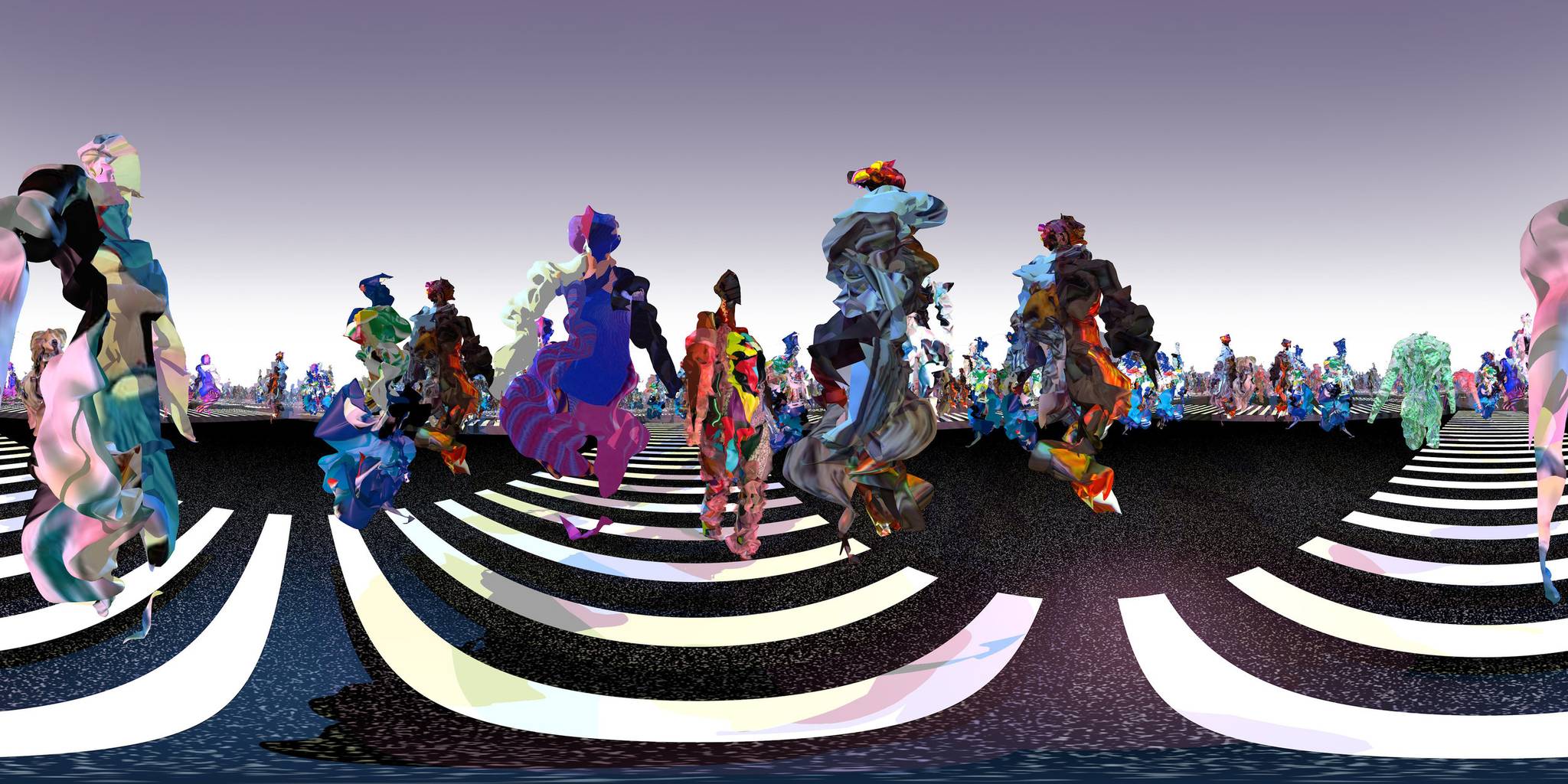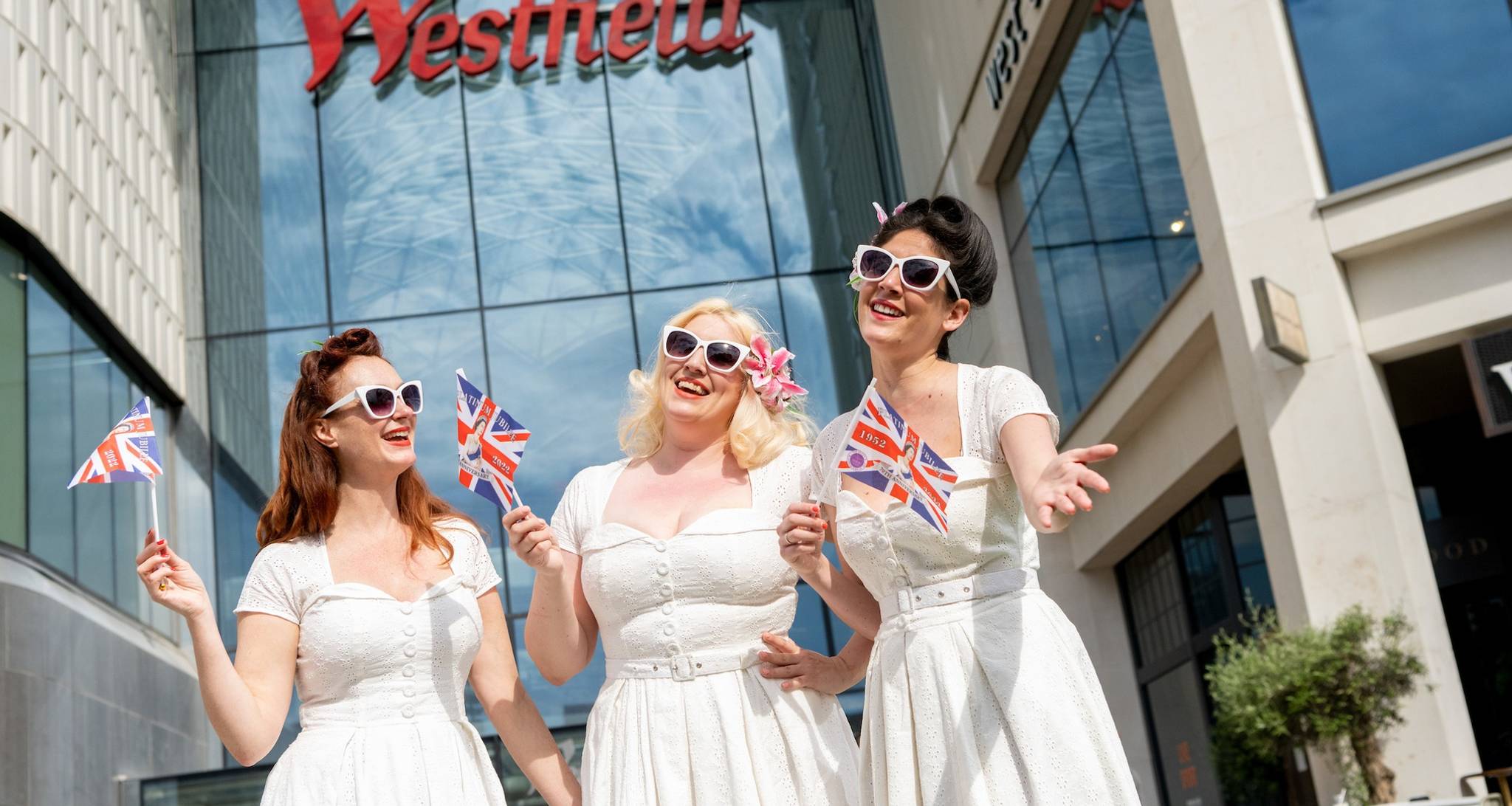
As physical and digital experiences are being combined using IRL and virtual elements, the term ‘phygital’ is entering the collective consciousness. With new, hybrid strategies that target younger audiences being increasingly implemented, how are all things phygital appealing to shoppers today?
What exactly is phygital?
Phygital strategies unite the best of physical retail with digital experiences and convenience, blurring the line between tangible and virtual brand interactions. And in 2023, this movement is catering to young consumers that move fluidly between online and offline environments.
During the pandemic, e-commerce and digital adoption saw massive growth as life moved online. But now, digital channels are levelling off as consumers return to real-world shopping. This creates an opportunity for phygital experiences that combine the perks of physical stores with the ease of digital — for example, ordering via mobile for in-store pickup, virtually ‘trying on’ items with AR, or seamlessly transitioning from a chatbot to reaching a human agent.
On the digital side, Mattel and Hublot are pairing NFT collectables with exclusive physical replicas of digital assets. And new fashion platform Play! Pop! Go! is finally launching real clothing after previously only existing virtually.
And what does phygital look like in practice?
As of early 2023, around 43% of American consumers said they would prefer to shop mostly online rather than in-store, making it the country with the highest online shopping preference. But this is in direct contrast to shoppers in Austria, Finland, and New Zealand that prefer visiting physical stores. With this shift, many retailers are finding innovative ways to unite physical and digital for today’s omnichannel consumer.
Walmart uses in-store smartphones to help customers easily navigate, compare prices, check stock, and more, making the in-person shopping journey convenient and customised. And Lush Cosmetics created an app allowing customers to scan in-store products to see videos about the item’s origin, creation process, ingredients and uses.
Makeup brand YouCam combines experiential with convenience as it offers virtual try-on stations in stores, letting shoppers digitally test products before buying. Not to be virtually left behind, Nike’s flagship store has an area where shoppers can scan their feet and get digitally fitted for shoes by an in-store employee, personalising the in-store service using tech. And Hublot has partnered with artist Takashi Murakami on thirteen new NFTs and timepieces that reward watch buyers with an exclusive corresponding NFT.
Is the future phygital?
For younger generations, phygital hits the consumer experience sweet spot. Research shows that 40% of Gen Y and Z would be interested in shopping for real or virtual products in metaverse environments that brands create. But shopping in real life helps people discover new items, and is a chance to unplug from 24/7 online environments.
Phygital gives the best of both worlds - consumers can research, purchase and engage with brands online, while still enjoying tangible in-store experiences. And having digital-only brands like Play! Pop! Go! launch physical products appeals to digital natives’ affinity for blending online and real-world spaces. Looking ahead, phygital’s future success lies in making virtual brand experiences shoppable while letting digital extras enhance physical products.
The consumers of today and tomorrow do not distinguish between online and offline shopping. They want consistent, convenient experiences across all channels. By combining the appeal of physical stores with the ease of digital, phygital strategies allow retailers to engage customers in more meaningful, personalised ways — so the future of retail may indeed be phygital.



